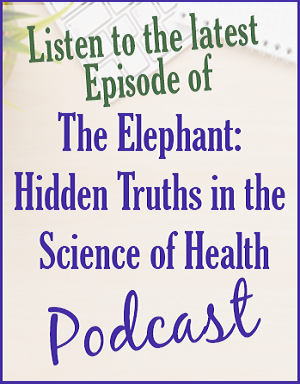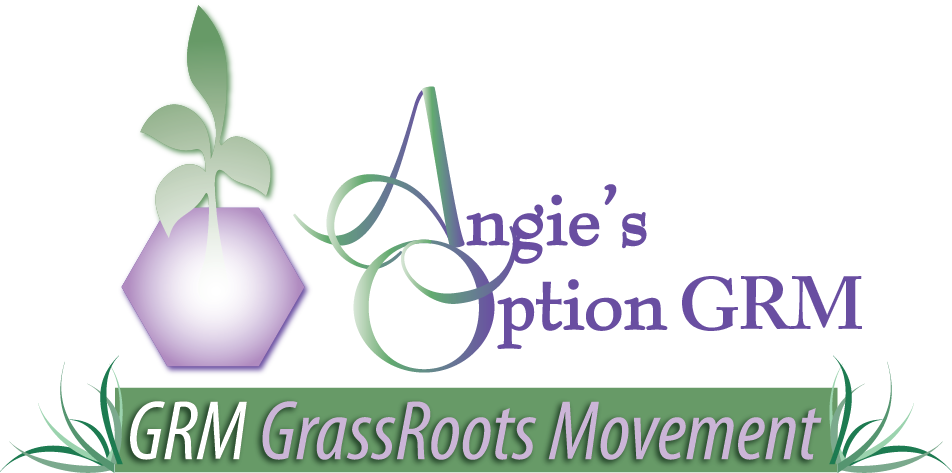Larry A. Law
Goals of Nanotechnology
Technically, nanomaterials are defined as being smaller than 100 nm. Due to their extremely small size, these ingredients have unique properties not exhibited by their larger counterparts. They can have novel physical and chemical properties related to color, solubility, and heat. They can be used to improve the sensory qualities of food such as taste/flavor, texture, and color. They are also used in food packaging to enable detection of microbial contamination. Encapsulating nanoparticles in lipid molecules (just like the mRNA vaccines), enables the delivery of bioactive compounds (nutrients) to hopefully enhance the bioavailablity in foods. All of this sounds wonderful but the devil is in the details.
Risks of Nanotechnology
When materials are artificially broken down and synthetically made so small in a laboratory, there are big risks when consumed in the body. Without significant testing to assess these risks, the potential remains for significant harm. These tiny ingredients bypass the natural regulatory process the cells have in place to control what comes in and what stays out. Glycoproteins on the glycocalyx serve as a key doorway for communicating with each human cell and initiating specific responses. However, ingredients this small can bypass that traffic signal and diffuse through the cell membrane without being properly vetted by the cell's regulatory system. This can throw off cellular function in a myriad of ways. Unfortunately, the Food and Drug Administration (FDA) has allowed these substances to enter our food supply under their Generally Recognized as Safe (GRAS) authorization; this means that the FDA accepts and declares this technology safe and effective without any testing whatsoever (does that remind anyone about the way they handled COVID vaccines?).
Facts Matter Video
An excellent 20-minute video investigating this problem was produced by The Epoch Times; I highly recommend that you watch it (thank you Sara L. for pointing it out!). I had no idea that things made with nanotechnology are not required to be labeled as such. The video will explain that this technology is commonly used for titanium dioxide (to increase the whiteness of milk, yogurt, and sugar), silicon dioxide (as an anti-caking agent), iron or zinc dioxides (hoping to increase nutritional bioavailability), silver derivatives (sterilizing and preservative agents), calcium carbonate, and tricalcium phosphate to name a few. Making food more colorful, creamier, crunchier, fresher, and brighter is not a crime, but the side-effects resulting from the misapplication of this technology could be. This technology in food applications is banned in Europe and Canada. If you remember the battle with genetically modified organisms (GMOs), you will appreciate that these areas of the world have always been more on the side of safety and testing than the United States. For example, the FDA failed to protect the American public in these vital areas: 1) GMOs with excessive applications of Roundup (a known carcinogen), 2) vaccine side-effects (especially COVID-19 shots), 3) nitrites/nitrates (used in processed meats as a preservative without any dietary warning label; these molecules are classified by the World Health Organization as Group 1 carcinogens known to cause cancer, and 4) nanotechnology. It's time to replace the FDA.
3 Comments
sue
1/17/2023 10:15:38 am
Thank you so much to be guarded against
Reply
Larry Law
1/17/2023 04:23:34 pm
You are welcome Sue. I'm constantly amazed at the ways our food gets altered without us knowing about it!
Reply
Kay Farmer
1/18/2023 05:48:36 pm
This was depressing. This is more encouragement to eat whole minimally processed foods. Buying raw milk and yogurt from the farm and talking to the family entrepreneurs to learn their food and production philosophy becomes so important when attempting to avoid these potentially harmful substances. Thanks for making us aware.
Reply
Leave a Reply. |
BlogArchives
July 2024
Categories
All
|
© Angie's Option GRM. All rights reserved.








 RSS Feed
RSS Feed

